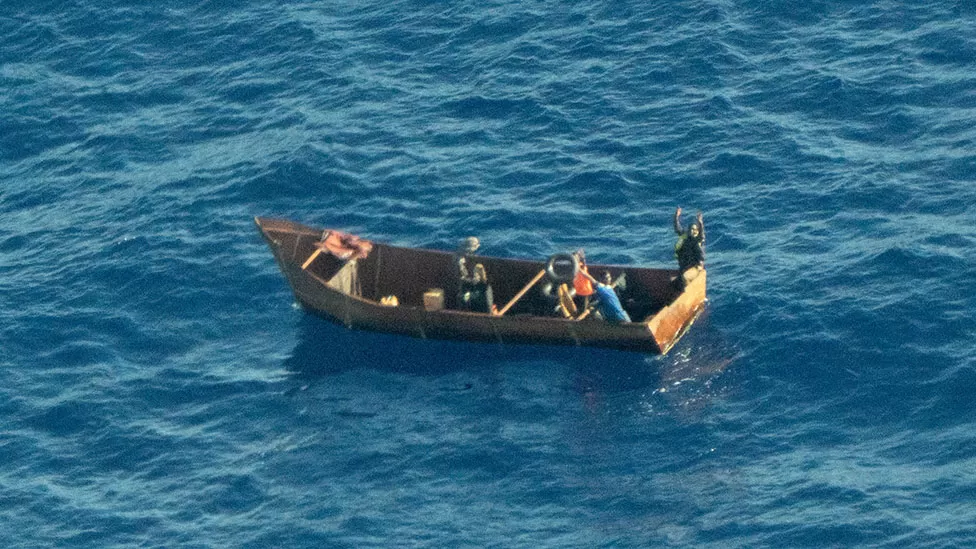Migrant: Migrant boats in the Mediterranean people are dying

From a plane circling overhead, grainy photographs show four people adrift in a small, metal boat in an expanse of the Mediterranean Sea.
The group – a 13-year-old boy, two men, and a woman – are the only survivors of a shipwreck that killed the other 41 passengers.
They swam with inner tubes and lifejackets until they found another empty boat, likely from a previous migrant crossing, and clambered in. After drifting for several days, they were rescued.
Migrants in the Tunisian city of Sfax prepared to make the same crossing the day after news of the tragedy broke.
According to Arabic, one man fled Darfur’s fighting and planned to seek asylum in Tunisia, but was ready to board a boat if it didn’t work out. “I just survived a war, so I have nothing to lose,” he said. A Kenyan dreamed of a better life for his family in Europe.
On what has been dubbed the world’s most dangerous migration route, the two men will join thousands of others who risked their lives this year.
One search-and-rescue NGO called the central Mediterranean a “cemetery” because of poorly designed and overcrowded boats, stormy weather, and gaps in international efforts.
There have been more shipwreck reports this year in the central Mediterranean, which suggests both crossings and deaths are on the rise.
Most people make the journey from North Africa to Italy.
As of 2017, Frontex reported the highest number of crossings into the European Union through the central Mediterranean.
Over 1,800 migrants have died in the central Mediterranean this year, compared with 1,400 for the whole of 2022, according to the International Organization for Migration (IOM).
An overcrowded fishing vessel off the coast of Greece was among the migrant shipwrecks this year, killing hundreds in one of the worst humanitarian disasters in recent years.
There is strong evidence that many shipwrecks are “invisible”: boats disappearing without survivors, resulting in a much higher death toll than previously believed.
Those embarking on the perilous voyage come from around the world and have a number of reasons for wanting to reach Europe, such as fleeing war or torture, or seeking employment.
One 16-year-old Gambian boy was rescued from an overcrowded rubber raft this summer and told how he left home three years ago to work hard and help his family.
Despite losing a friend to the crossing, he said he did not let this deter him – the man had given his life for his family, society, and nation.
A wave of racism against black Africans led Tunisia to overtake Libya this year as the main departure point.
